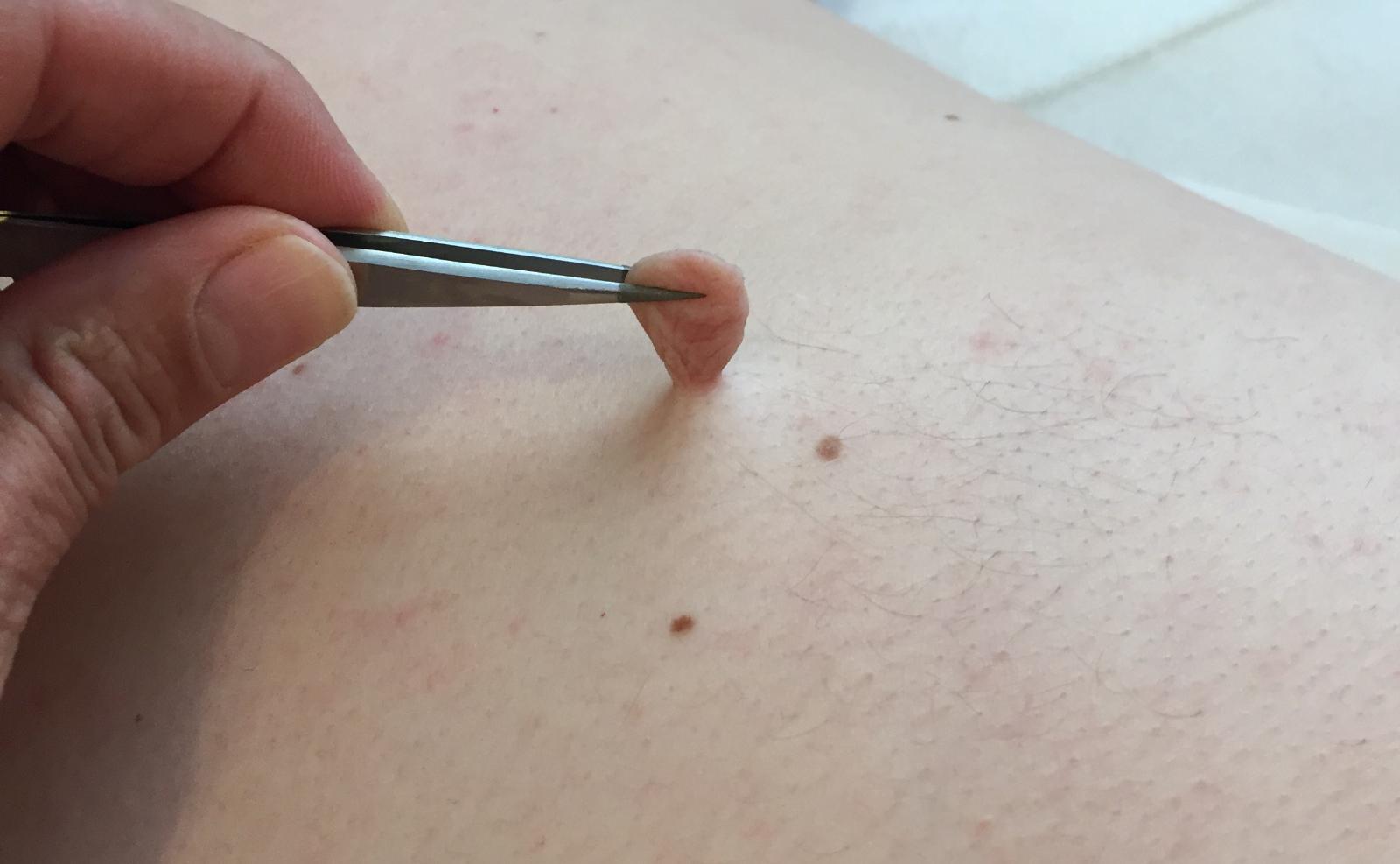How to Remove Skin Tags on Inner Thigh: Myths Debunked

Skin tags are common, benign growths that can appear in various parts of the body, including the inner thigh. While they are generally harmless, many individuals seek to remove them for cosmetic reasons or discomfort. Unfortunately, misinformation surrounding skin tag removal can lead to confusion and ineffective treatment methods. In this article, we will debunk some common myths about How to Remove Skin Tags on Inner Thighto help you make informed decisions.
Myth 1: Skin Tags Can Be Removed with Household Items
The Truth:
Many people believe that skin tags can be easily removed using common household items like dental floss, thread, or even scissors. While ligation methods (tying off the skin tag to cut off blood supply) can be effective, doing so with makeshift items like unsterilized scissors can lead to infections, bleeding, and scarring.
What to Do:
If you choose to use the ligation method, ensure you use sterile dental floss or string, and consult a healthcare professional to verify the growth is a skin tag. For optimal safety, it’s best to consider professional removal methods offered by dermatologists.
Myth 2: Skin Tags Will Fall Off on Their Own
The Truth:
While some skin tags may eventually fall off on their own, this is not guaranteed, especially if they are larger or in areas that experience friction. Many individuals live with skin tags for years without them disappearing.
What to Do:
If a skin tag is causing discomfort or you find it unsightly, consider consulting a healthcare professional for safe removal options. Treatments such as cryotherapy, excision, or ligation performed by a dermatologist can effectively remove skin tags.
Myth 3: Skin Tags Are Cancerous
The Truth:
Skin tags are benign growths that do not pose any health risks. They are not cancerous and do not develop into cancer. However, it’s important to have any new or changing growths evaluated by a dermatologist to ensure they are not something more serious.
What to Do:
Regularly check your skin for changes, and if you notice any new growths or changes in existing ones, consult a healthcare professional for evaluation.
Myth 4: Skin Tags Can Be Removed with Home Remedies
The Truth:
Many people turn to home remedies, such as applying apple cider vinegar or tea tree oil, to remove skin tags. While some anecdotal evidence suggests these methods may work for some individuals, there is limited scientific backing for their effectiveness. Additionally, improper application can lead to skin irritation or allergic reactions.
What to Do:
If you choose to try natural remedies, proceed with caution and perform a patch test to ensure you don’t have an adverse reaction. For reliable and safe removal, consider consulting a healthcare professional.
Myth 5: Skin Tags Are Contagious
The Truth:
Skin tags are not contagious. They are caused by factors such as friction, hormonal changes, and genetics, and they cannot be spread from person to person.
What to Do:
Understanding that skin tags are not contagious can alleviate unnecessary worry about developing them after contact with someone who has them.
Myth 6: All Skin Tags Should Be Removed
The Truth:
Not all skin tags require removal. If a skin tag is not causing discomfort or affecting your self-esteem, there may be no need for treatment. Removal is often a personal choice rather than a medical necessity.
What to Do:
Evaluate the reasons for wanting to remove a skin tag. If it’s merely for cosmetic reasons and doesn’t cause any discomfort, you might choose to leave it alone. However, if it bothers you, consult with a dermatologist about your options.
Myth 7: Skin Tags Are Only Found in Older Adults
The Truth:
While skin tags are more prevalent in older adults, they can appear at any age. Factors such as obesity, hormonal changes, and genetics can lead to skin tags in younger individuals as well.
What to Do:
Regardless of age, anyone can develop skin tags. If you notice new growths, consult a healthcare professional for proper evaluation and advice on management.
Conclusion
Understanding the facts about skin tags and their removal is crucial for making informed decisions. Debunking common myths helps you approach skin tag management with realistic expectations and safer methods. If you are considering removing a skin tag on your inner thigh, consult a healthcare professional for guidance on the best and safest options tailored to your needs. Remember, while skin tags are generally harmless, keeping an eye on any changes in your skin is always wise to ensure overall skin health.